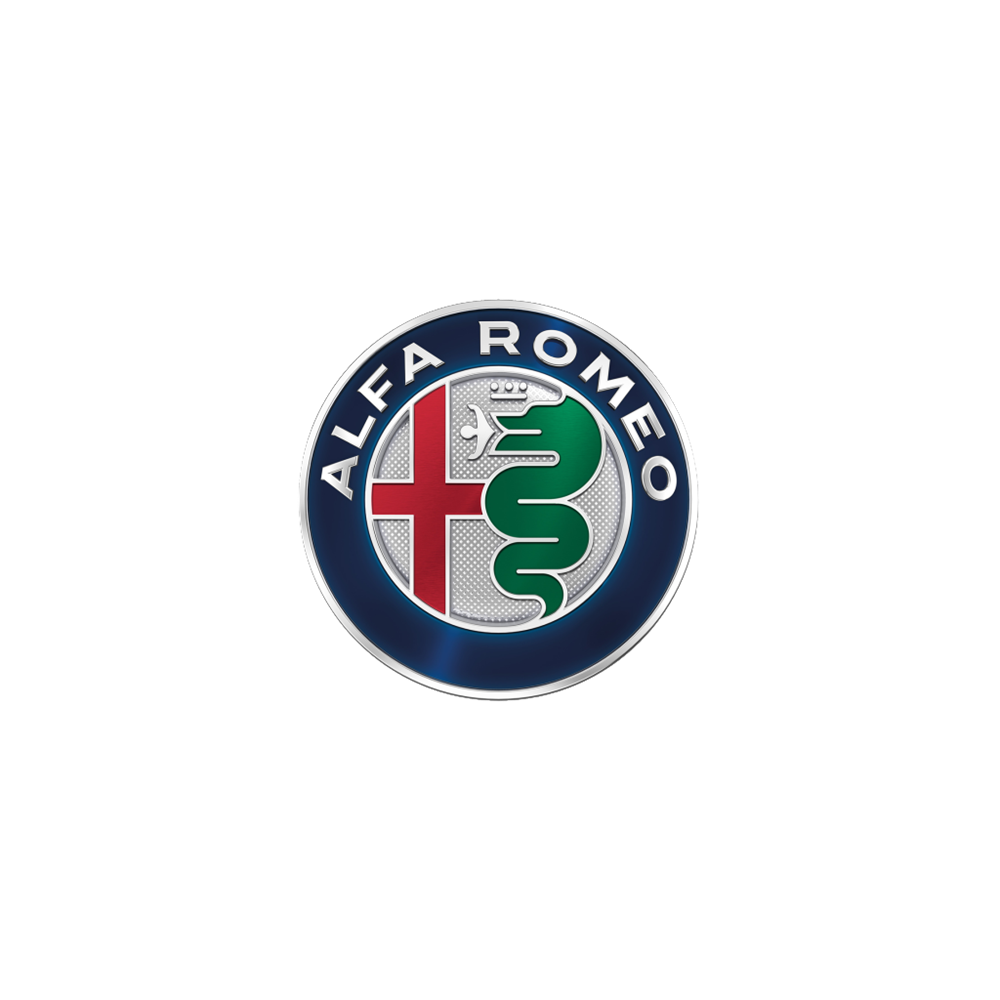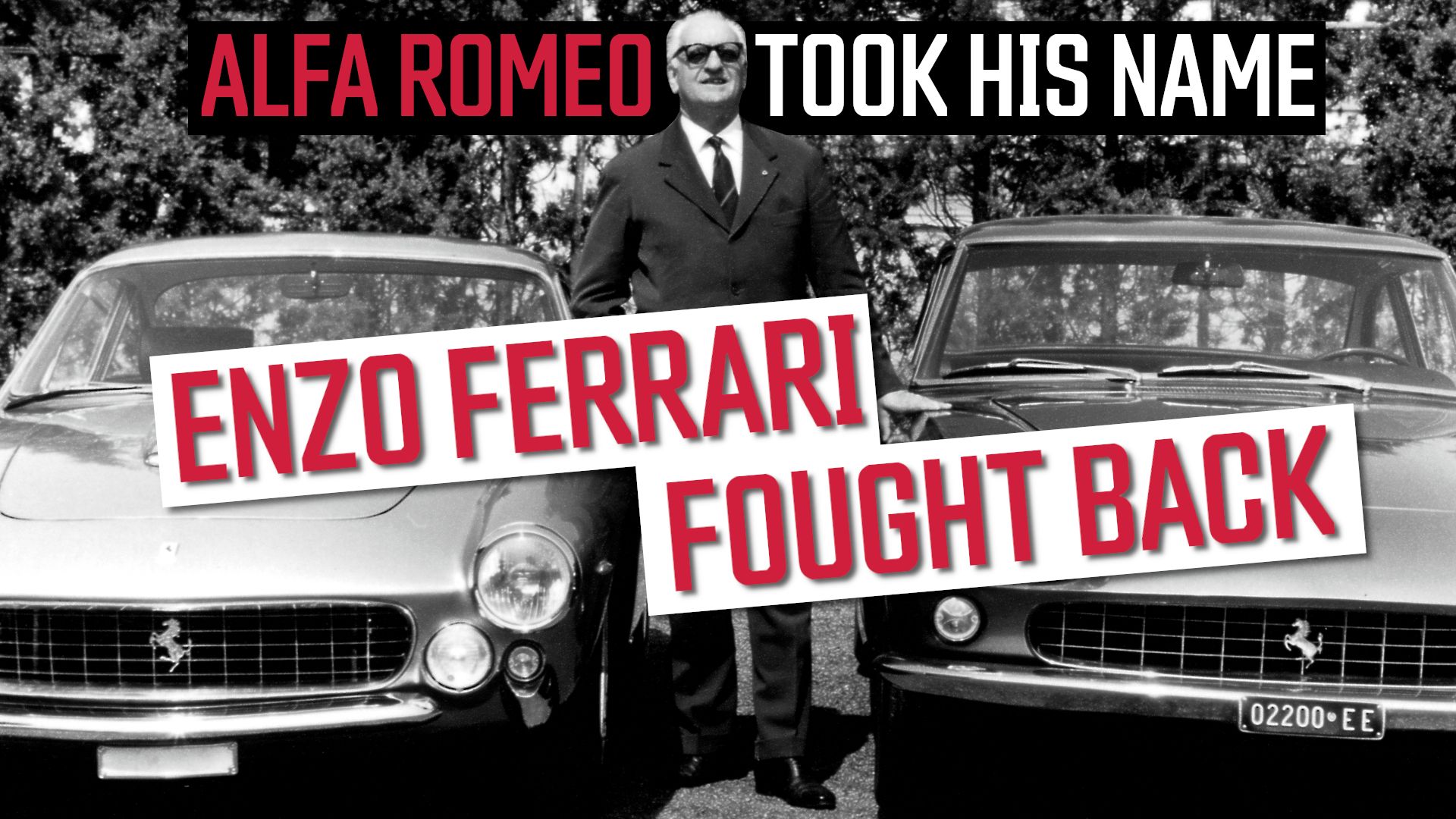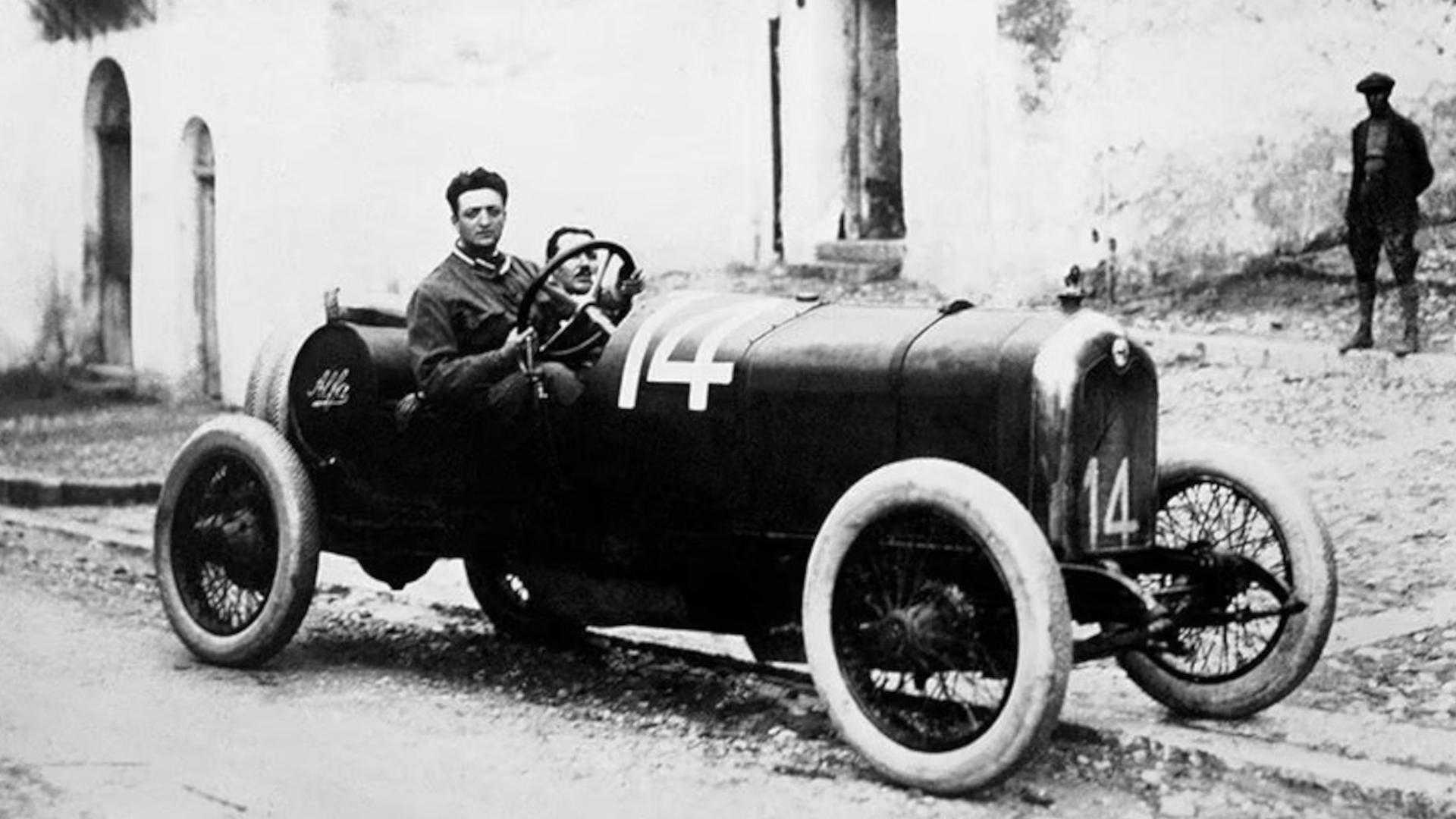When it comes to Italian automakers, brands like Ferrari and Lamborghini are the popular names for luxury, high-performance vehicles. But one of the oldest marques in the Italian automotive industry is Alfa Romeo. Since 1910, the Turin-based manufacturer has been continuously producing sedans, buses, coupes, and SUVs. Fiat and Lancia are the only Italian automakers that are older.

Alfa Romeo
- Founded
-
24 June 1910 (as A.L.F.A.)
- Founder
-
Ugo Stella, Nicola Romeo
- Headquarters
-
Turin, Piedmont, Italy
- Owned By
-
Stellantis
- Current CEO
-
Jean-Philippe Imparato
In 2023, Alfa Romeo saw impressive growth, with a 30% increase in global sales. With that level of growth and new vehicles entering popular segments, there’s still hope that the brand might grow bigger. But that’s the latest move, so join us as we explore 10 facts everyone should know about the old Italian brand.
1
The Name “Alfa” Was Initially An Acronym
Alfa was founded when the Società Italiana Automobili Darracq (Darracq Italian Automobile Company) purchased a factory in Milan. The new venture was called Anonima Lombarda Fabbrica Automobili, which loosely translates to Lombard Car Manufacturing Company. Its first car was called the 24 HP, designed by an Italian named Guiseppe Merosi. The name comes from the horsepower it produced, or rather, the horsepower the automaker told the government it produced. Back then, cars were taxed on the amount of power they produced, and the racing-spec 24 HP produced 45 hp without any significant modification.
Less than a year after the first 24 HP was built, Alfa entered the Targa Florio. The Targa Florio challenged drivers with a 276-mile race on public roads in the mountains of Sicily. The 4.1-liter four-cylinder engine was tuned to produce 45 hp, and the race engineers added a bigger fuel tank and two spare tires. Large portions of the body were also removed to reduce weight. Unfortunately, Alfa’s two drivers, Nino Franchini and Ugo Ronzoni, had to retire on the final lap of the race. Franchini crashed the car, and Ronzoni was too tired to carry on.
3
The “Romeo” Name Was Added During WWI
WWI started on July 28, 1914, and obviously, the demand for automobiles went downhill. Alfa stopped production, and with no real end to the war in sight, an Italian entrepreneur, Nicola Romeo, expanded his manufacturing company by acquiring the majority of Alfa at the start of 1915. Romeo had no interest in building cars but rather used the factory to produce military hardware like aircraft engines, generators, and munitions. By the end of WWI, Romeo owned the entire company and added his last name to the brand, and then it finally became Alfa Romeo. The first Alfa Romeo-badged car was the 1920 Torpedo 20/30 HP.
4
Enzo Ferrari Raced for Alfa Romeo
Arguably the most recognizable name in Italian motorsport, Enzo Ferrari raced for the Alfa Romeo brand in the 1920s. Ferrari raced in the 1920 Targa Florio and finished second. Ferrari later persuaded Vittorio Jano to leave Fiat and join Alfa Romeo as chief designer. Jano later designed the P2 Grand Prix car that won the inaugural World Manufacturers’ Championship in 1925. This racing series was the predecessor of Formula 1. Jano also went on to design a number of Ferrari V12 engines…
5
Ferrari Founded His Racing Team Under The “Alfa Romeo” Name
Enzo Ferrari lost his taste for racing after a few of his friends died on the track. He decided to become a team manager for Alfa Romeo and established Scuderia Ferrari (the stable of Ferrari). Alfa Romeo and Scuderia Ferrari were successful, and eventually, Alfa Romeo purchased the rights to Scuderia Ferrari. Unfortunately, Enzo Ferrari and Alfa Romeo’s CEO bumped heads, and Ferrari left the team, which meant he couldn’t use his own surname for racing for four years.

Related
Why Enzo Ferrari Couldn’t Use His Own Name For The Car Brand He Started
There was a time when Enzo Ferrari wasn’t allowed to use his own surname on his cars.
This had little impact on Ferrari, as his four-year gardening leave coincided with WWII. After the war, Europe was in a sorry state and business only returned to usual a full four years after the war ended in 1945. Ferrari only started working on the brand’s first V12 engine in the late ’40s. The first official Formula 1 race of the modern era was staged in 1950, just to give you an idea of the impact the war had.
6
The First-Ever Formula 1 World Championship Constructor
Grand Prix racing dates back to the late 1800s, but a new formula was established in 1946. Because of WWII, competitors had to wait until 1950 for the first championship. The idea was to create the pinnacle of motorsport with almost no limitations, with multiple nations competing. A points system for the seven races across seven countries would establish the first world driver’s title. Italian driver Giuseppe “Nino” Farina won three races for Alfa Romeo in the 1950 Formula One world championship. He finished the season three points ahead of teammate and icon of the sport Juan Manuel Fangio. Nino was a member of the Farina family, who established Pininfarina. Last year, it named a limited edition Automobili Pininfarina after him.
In 1951, Fangio would win his first of five world titles and the last for Alfa Romeo in Formula 1.
7
The Most Successful Team in Mille Miglia History
Similar to the Targa Florio, the Mille Miglia (thousand miles) was an endurance race between Brescia, Italy (near Milan) and Rome. The race was held 24 times between 1927 and 1957 (with a break for six years during WWII) and Alfa Romeo dominated in the pre-war era. Eleven of the team’s 12 victories in the endurance event came before 1947 in a dominant run for the marque. In the post-war era, Ferrari dominated the Mille Miglia with eight out of 11 wins. It was Enzo getting his own back against Alfa Romeo. Unfortunately, the race was canceled in 1957 after one of Alfonso de Portago’s wheels exploded, and he went off the road. The resulting accident killed Portago, his navigator, and nine spectators, including five children.
8
Ford Nearly Owned Alfa Romeo
As you might know, Alfa Romeo has never been the most stable company. By the 1970s, it was under the control of the Italian government, which could at least ensure that its employees received a quarter of their salaries. After 13 years of operating at a loss, even the Italian government couldn’t continue to pour money down the drain. You can hardly blame them, as the late ’70s and ’80s models were poorly designed and unreliable. The president of the government department that owned Alfa (Istituto per la Ricostruzione Industriale) decided to sell. Nissan was interested, but that deal fell through.
A win for Alfa Romeo would be a joint venture with Fiat. The brand would remain Italian, and under the control of the Italian government. But then Ford came along, wanting to purchase and restructure the company, and Fiat bowed out. The bigwigs at Fiat must have felt some serious national pride because it put in another bid after Ford. Fiat promised job guarantees to Alfa’s employees, and Ford was not willing to do that. Looking back at how many brands Ford failed to save (Aston Martin, Land Rover, Jaguar), this was the best move possible.
9
Fiat Gave Alfa Romeo The Freedom To Be Itself
Many people expected Alfa Romeo to become a more upmarket version of Fiat, but its new owners made the smart choice to go back to Alfa’s original identity. Instead of forcing it to build a series of horrid econoboxes, Fiat told Alfa it needed to become the most stylish, sporting brand in the portfolio. Fiat even bought Maserati back from Ferrari and stated that its high-end portfolio would consist of Alfa Romeo and Maserati, which is still true to this day.
This tactic worked because the Alfa Romeo 156 and 147 would go on to become the third and fourth-best-selling Alfas of all time. A total of 650 units of the 147 hatch were sold, but the real star of the show was the 156, of which 680,000 were sold. Yes, it was unreliable, but the Busso V6 engine sounded brilliant, and it was a drop-dead sexy car.
10
The Best-Selling Alfa Romeo Was Made During Its Worst Period
Alfa Romeo’s most successful model of all time is the Alfasud. Why did it have such a corny name? Unlike its brothers, it was built in southern Italy, and it literally became the Alfa South. The fact that it’s the best-selling Alfa of all time comes with a bit of a caveat, because it was built from 1971 to 1989. Not even the fifth-generation Toyota 4Runner lasted that long. To be fair, the Alfasud was a brilliant car. As standard, it came with a flat-four engine mounted way down in the engine bay. Alfa also gave it disc brakes front and rear, sharp and communicative steering, and the entire car weighed 1,900 pounds at the most. It was arguably a hot hatch before the term was even invented.
Unfortunately, it was Italian, which meant it was built poorly. Alfa used inferior recycled steel, and to make matters worse, it used a specific synthetic foam to decrease road noise. It was later discovered that this foam retained water, which made the rust worse.
This article was originally published by a carbuzz.com . Read the Original article here. .







